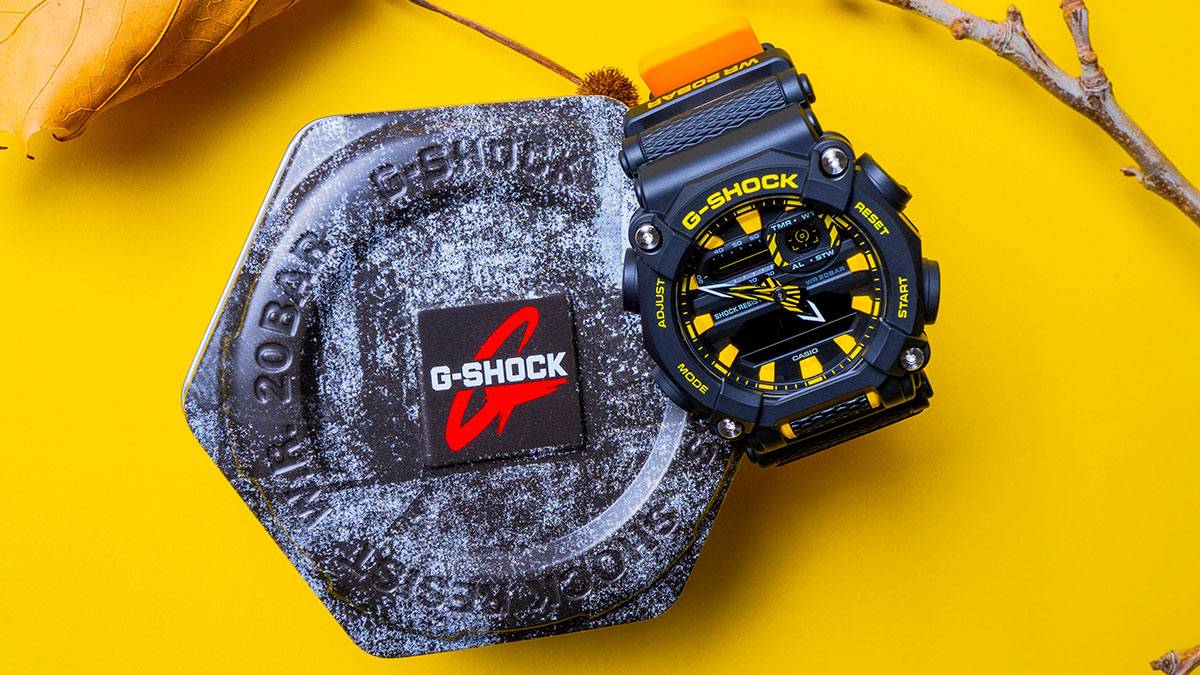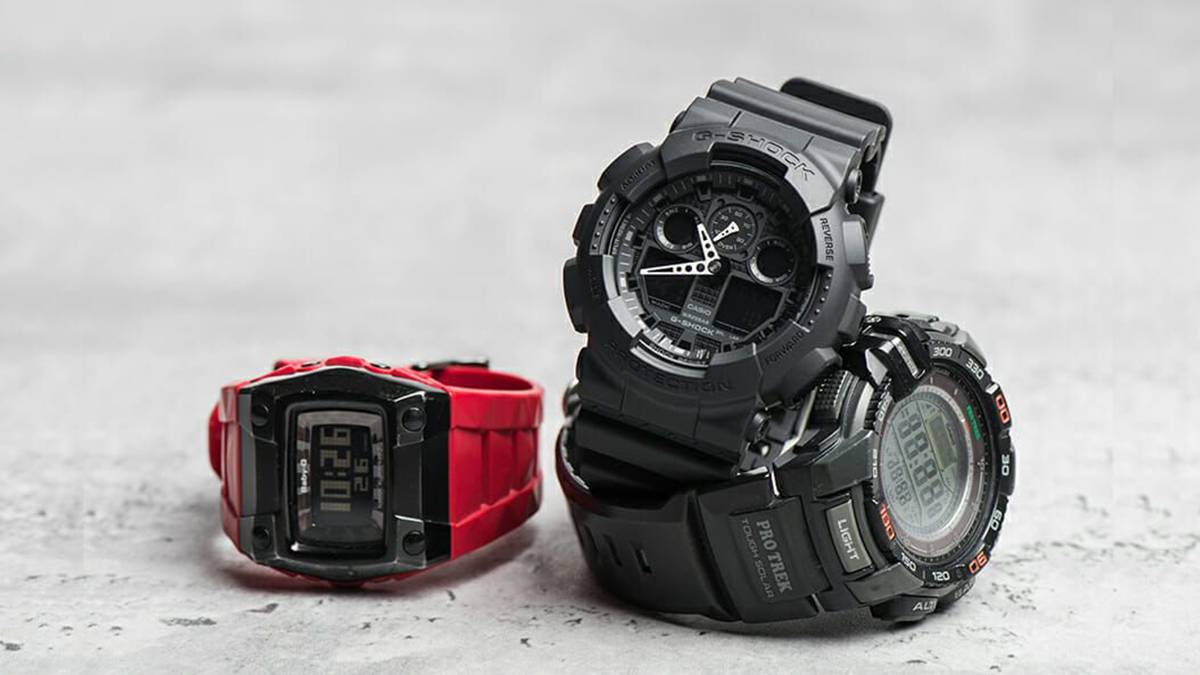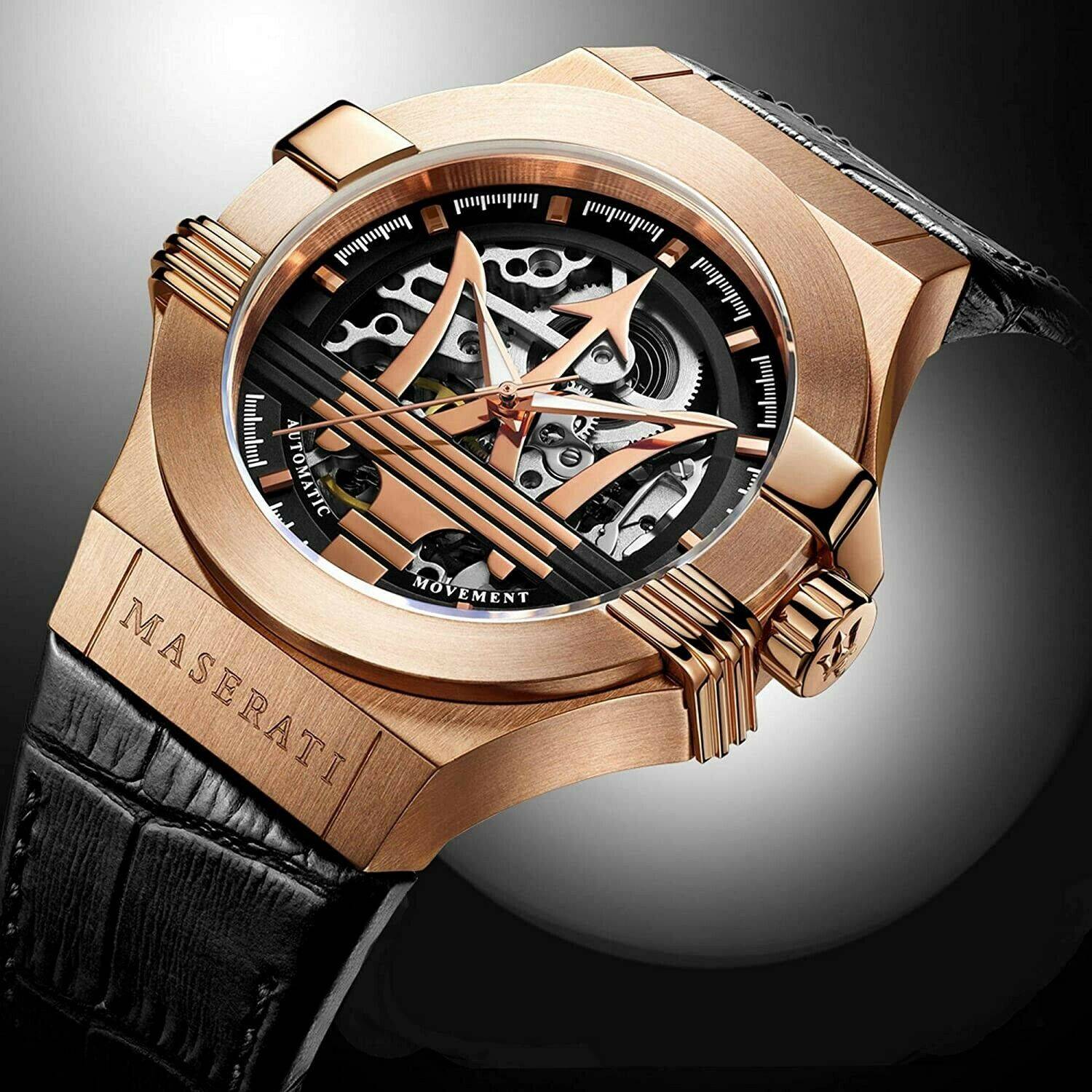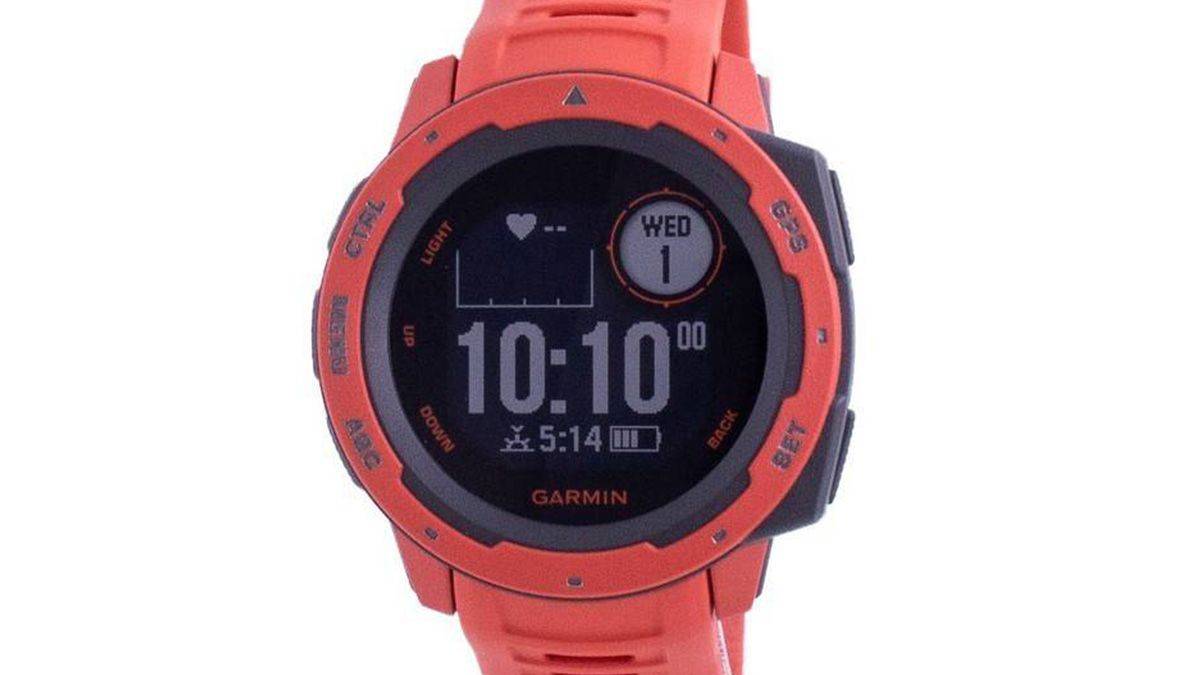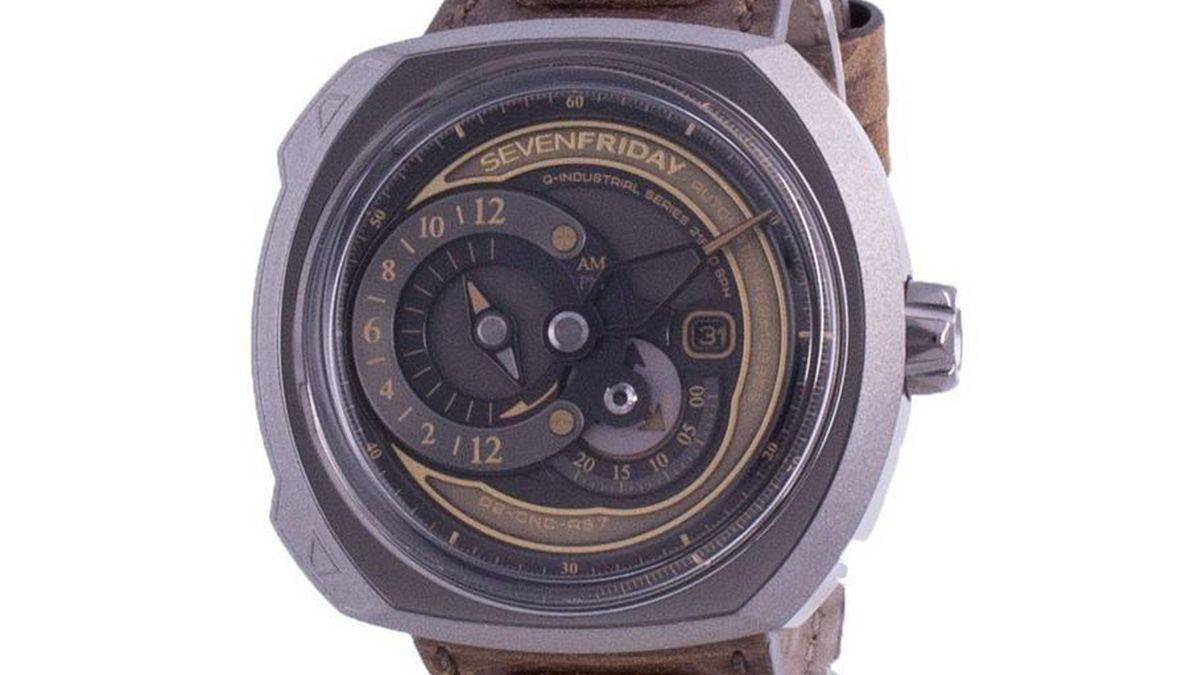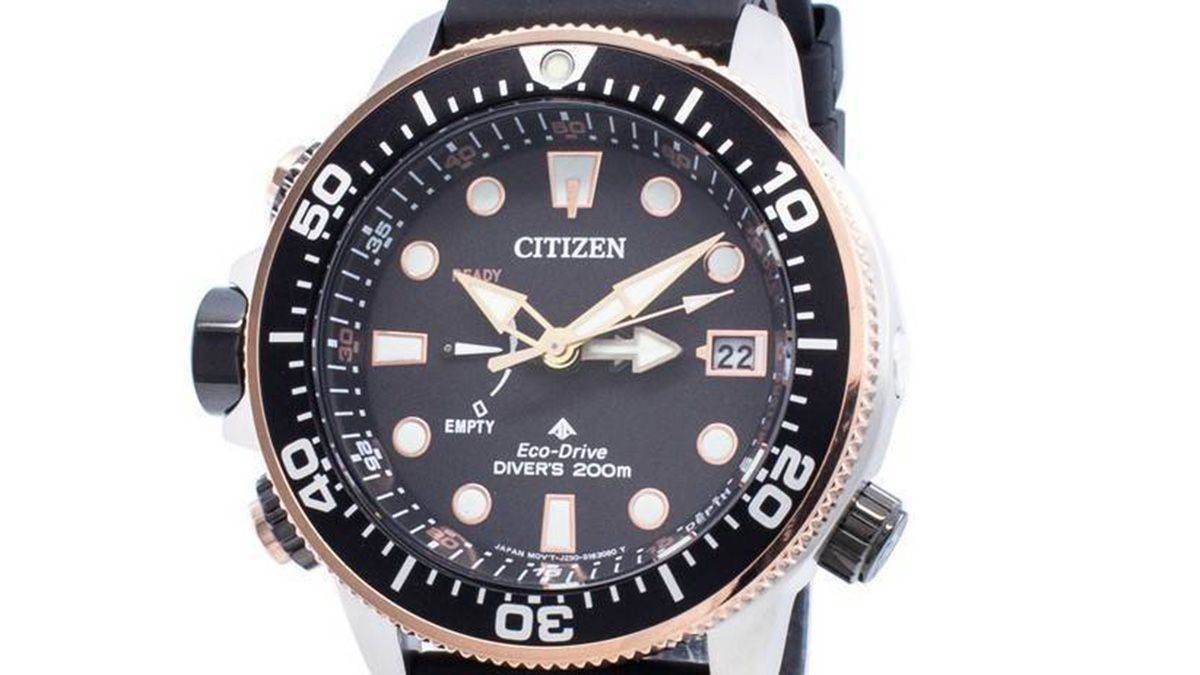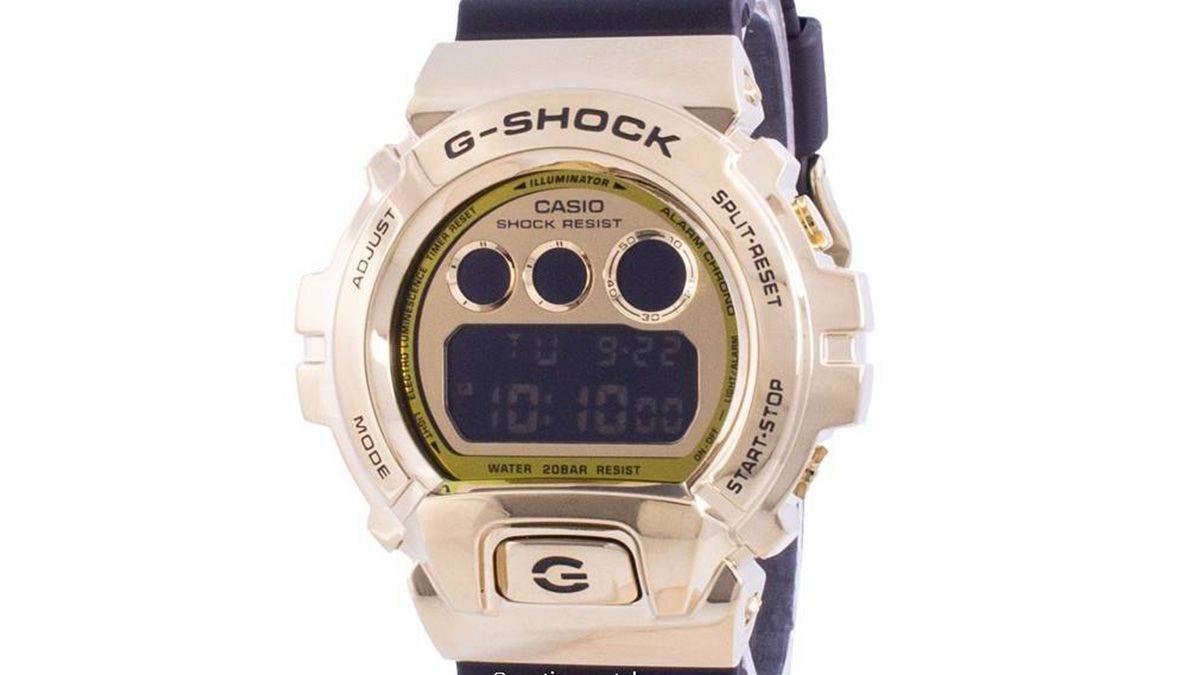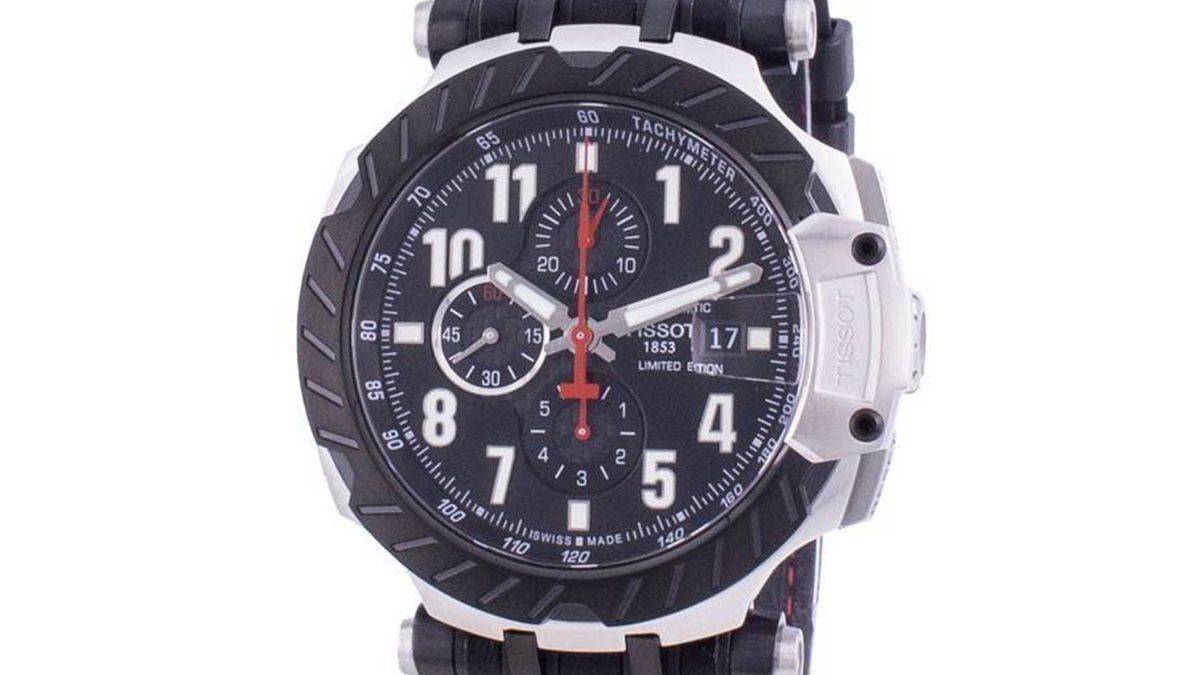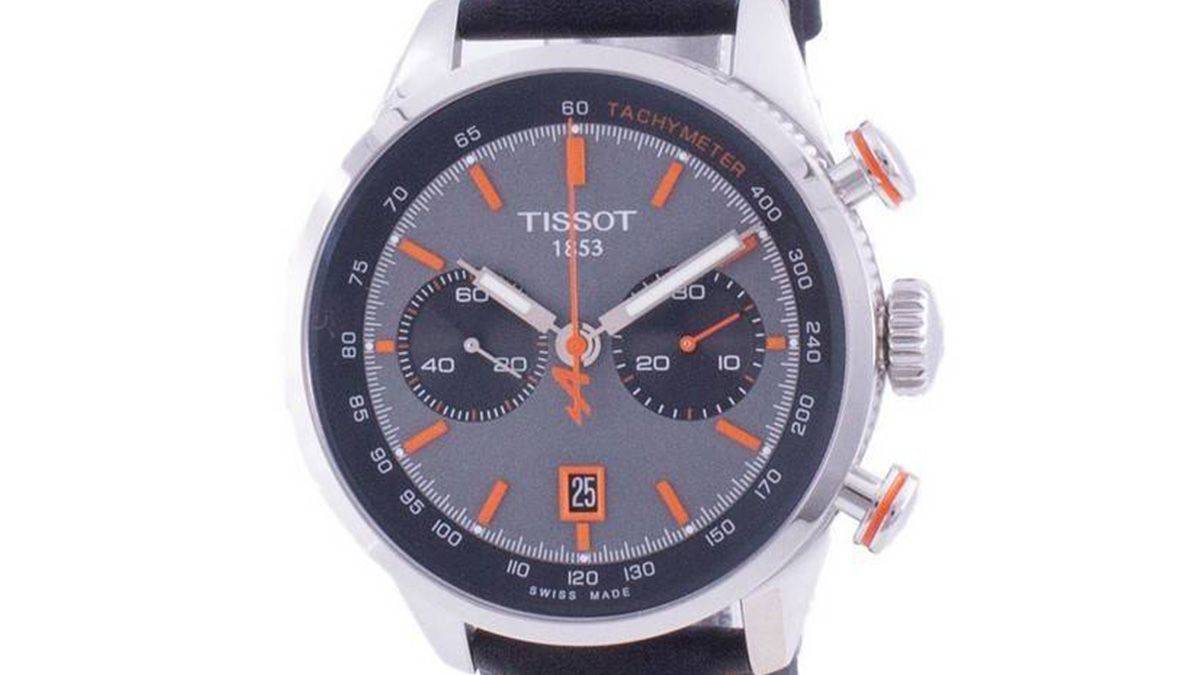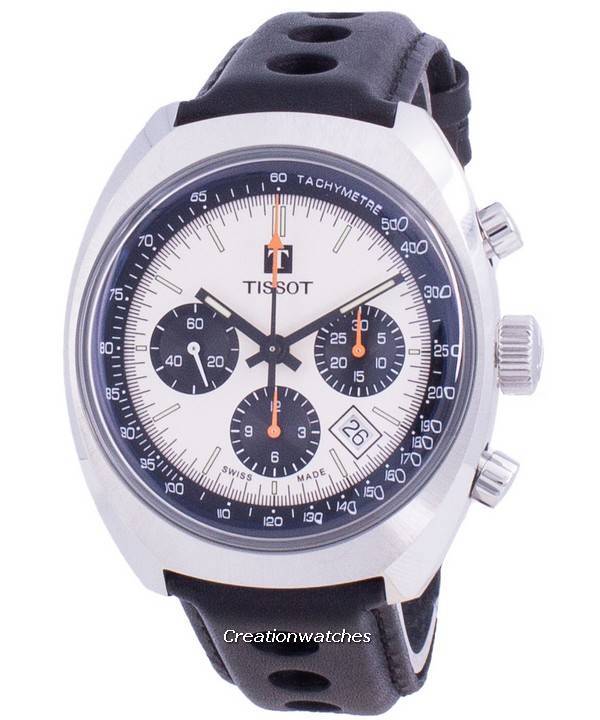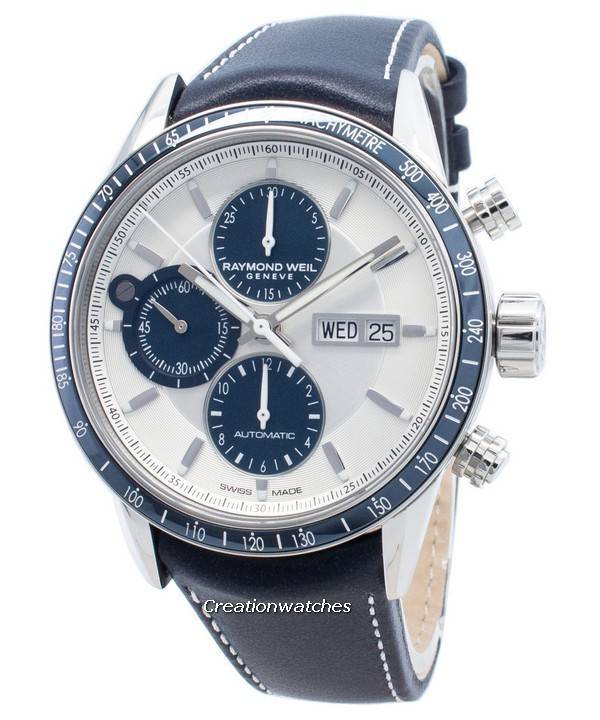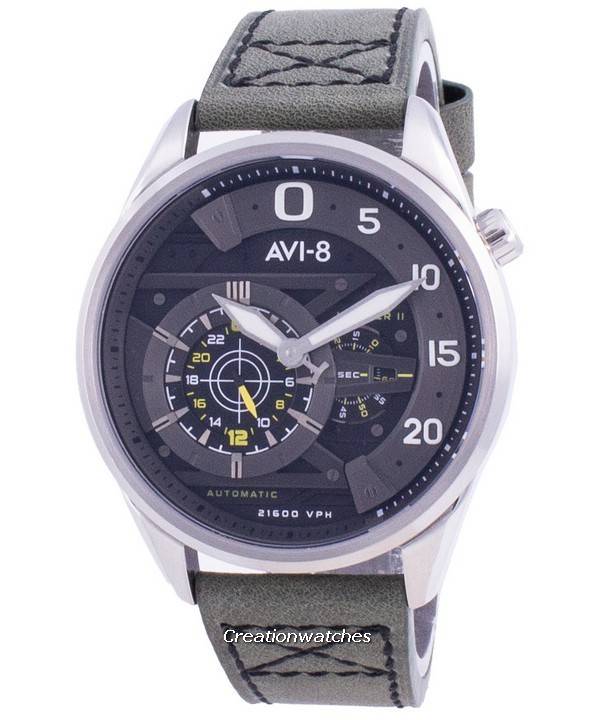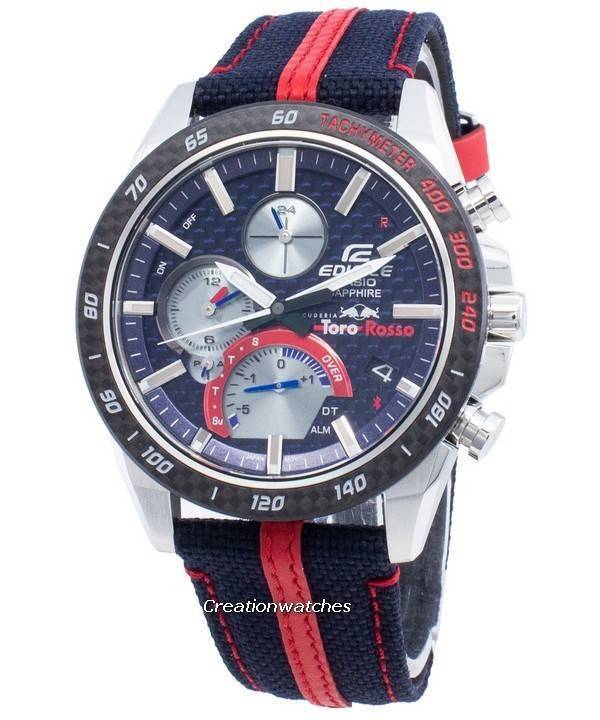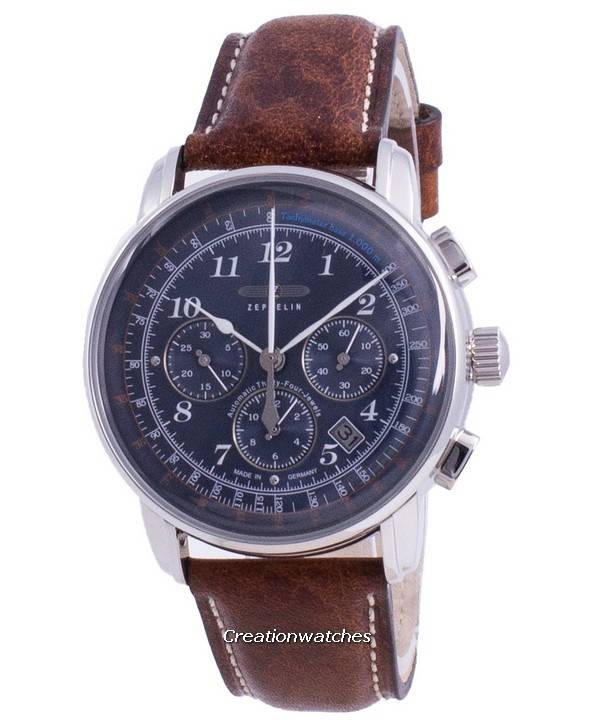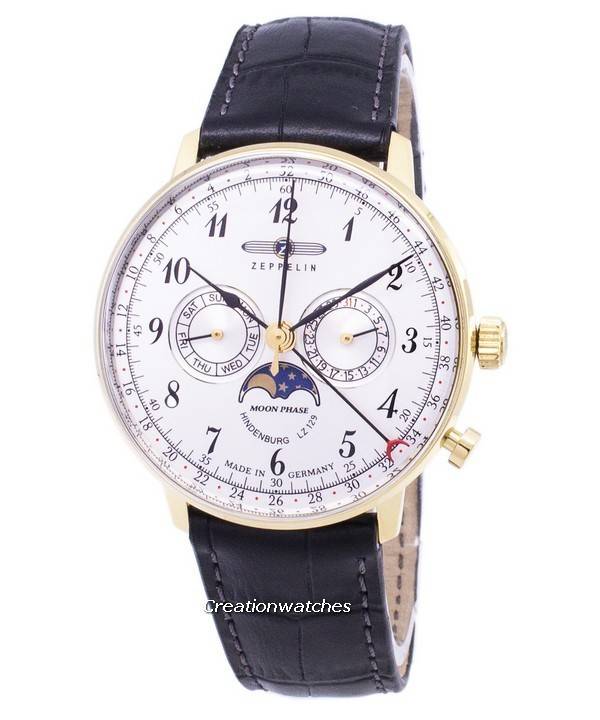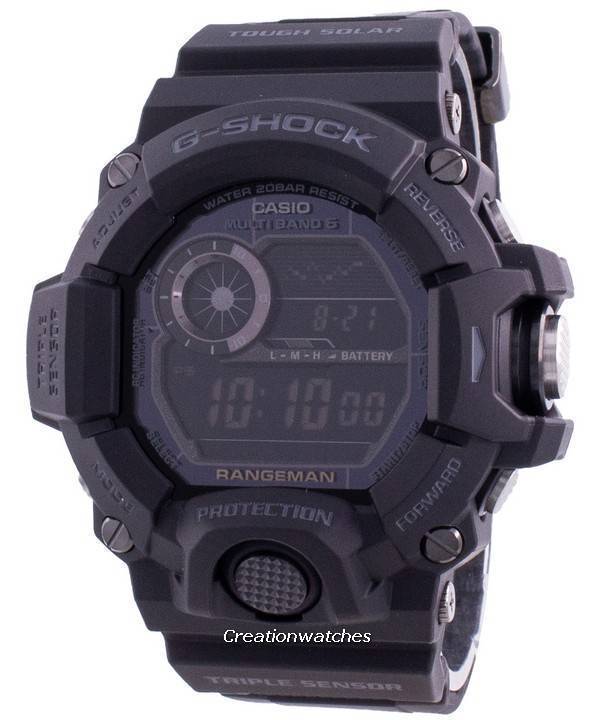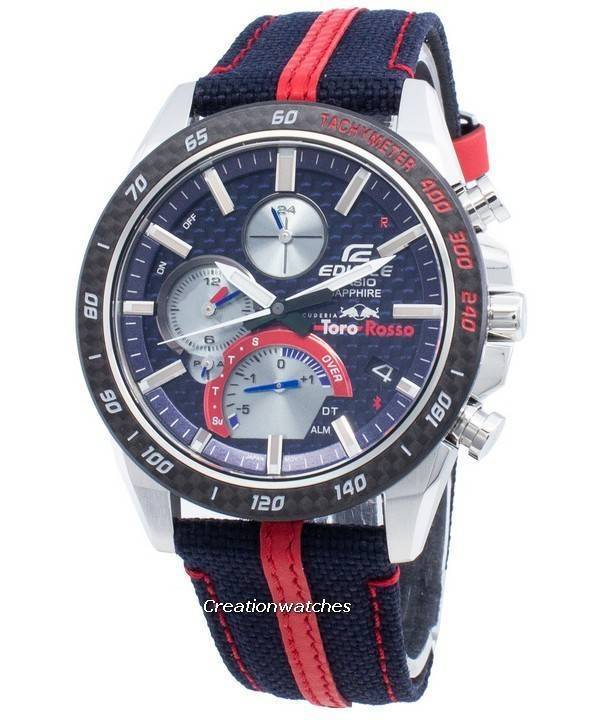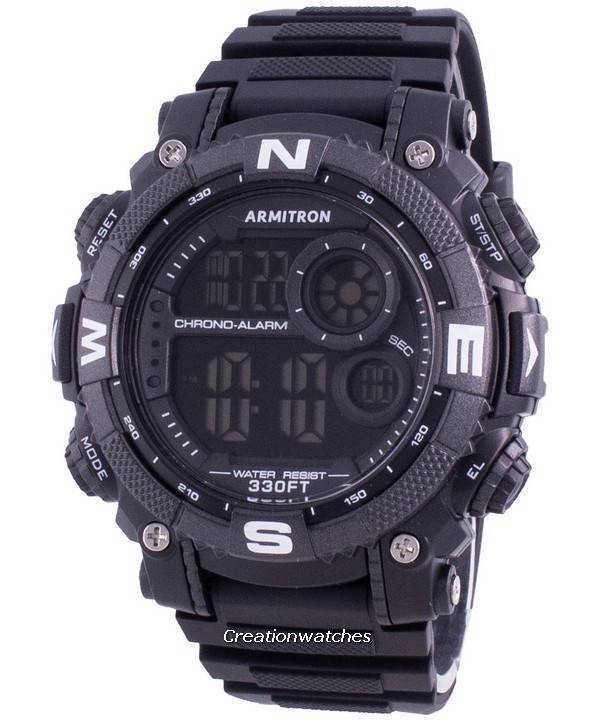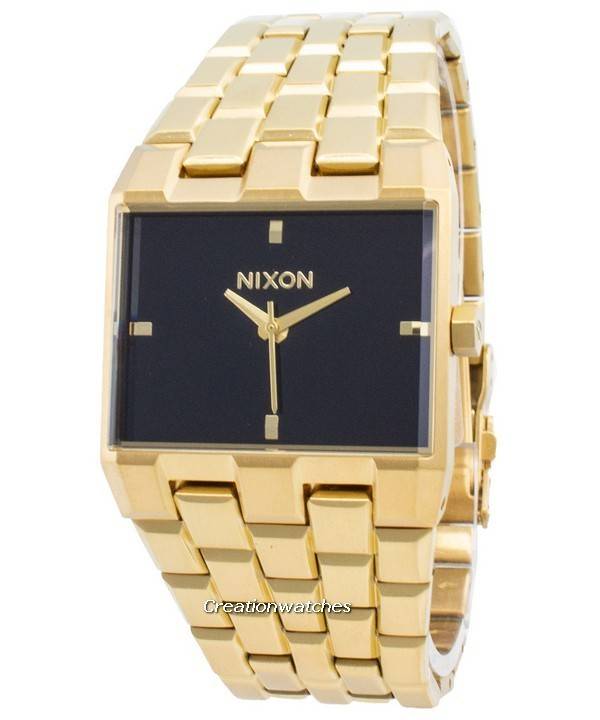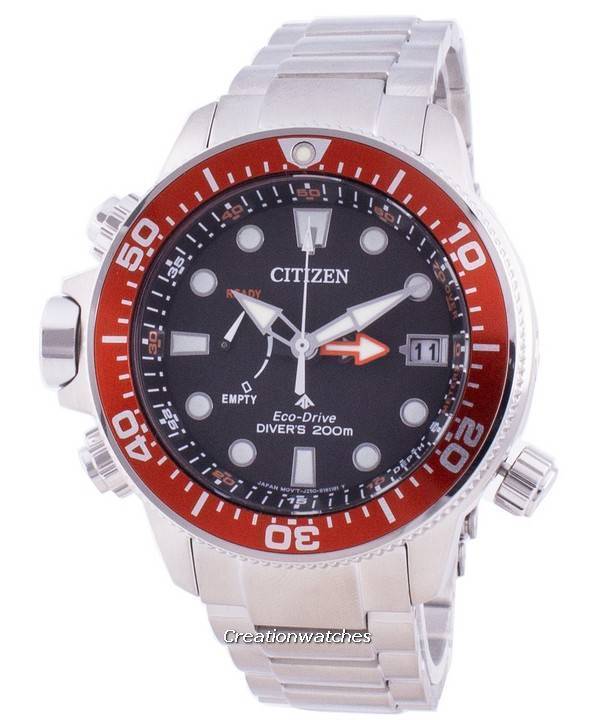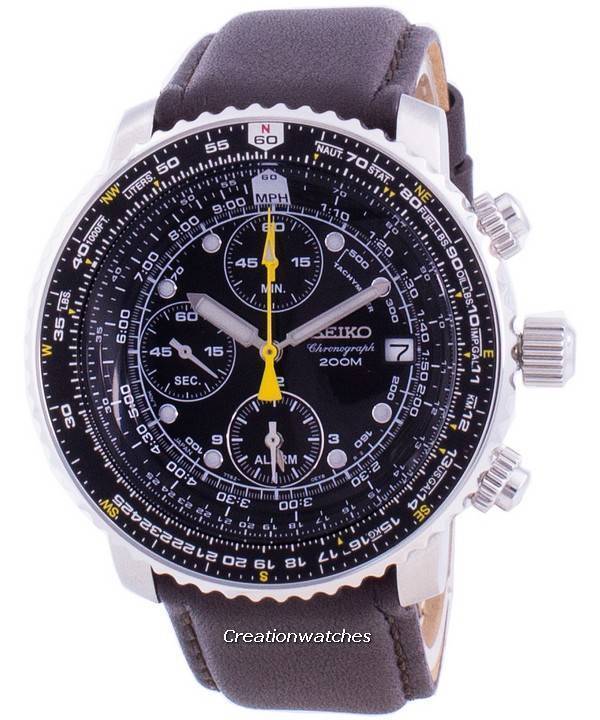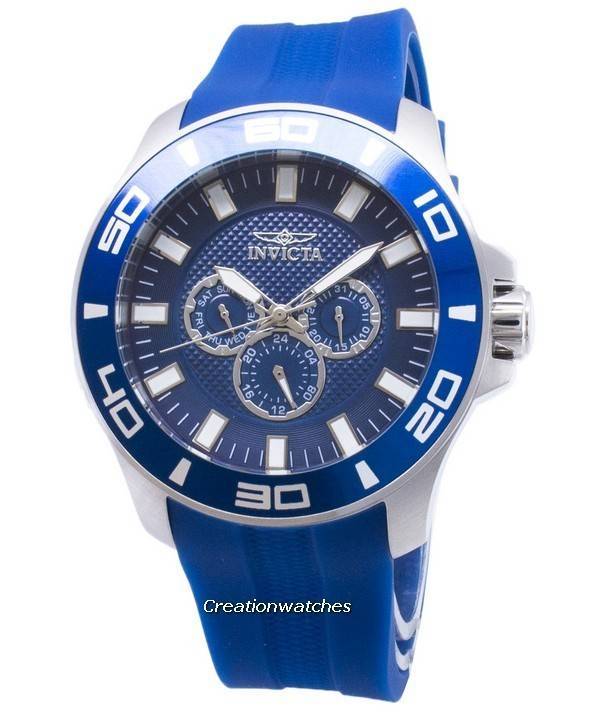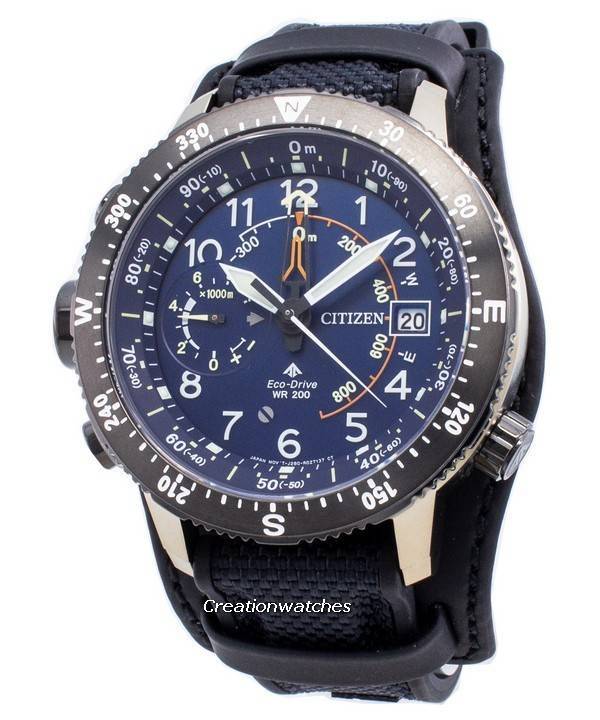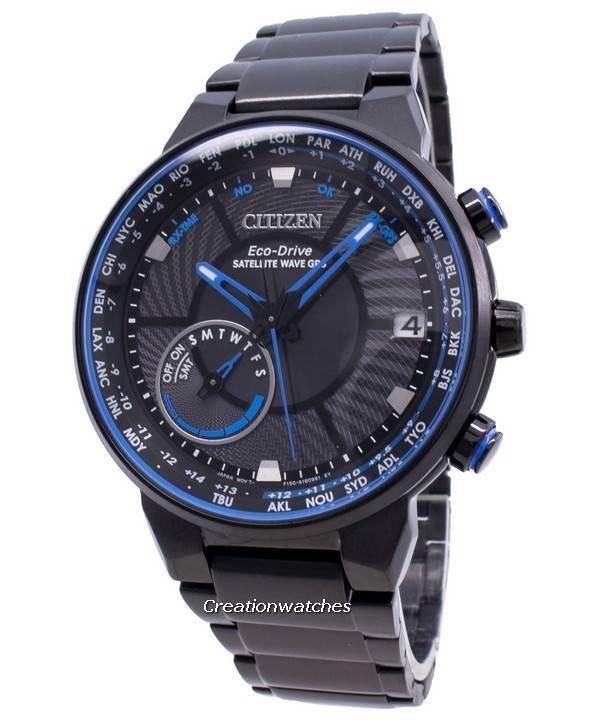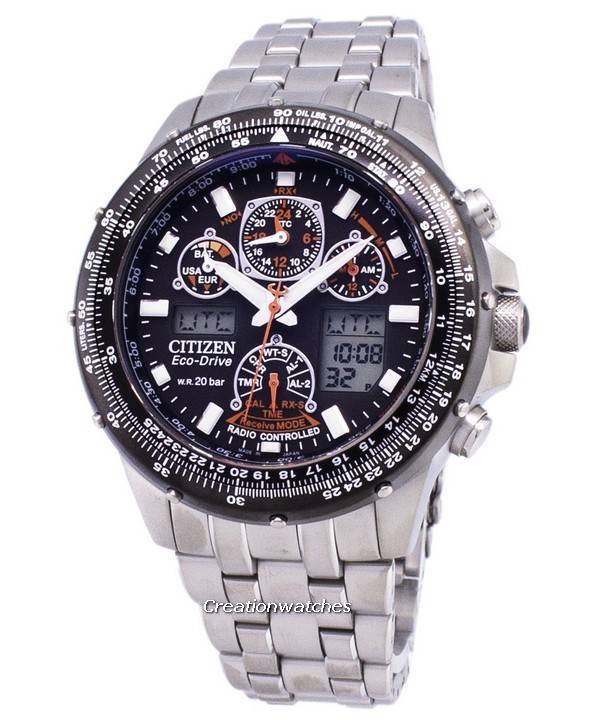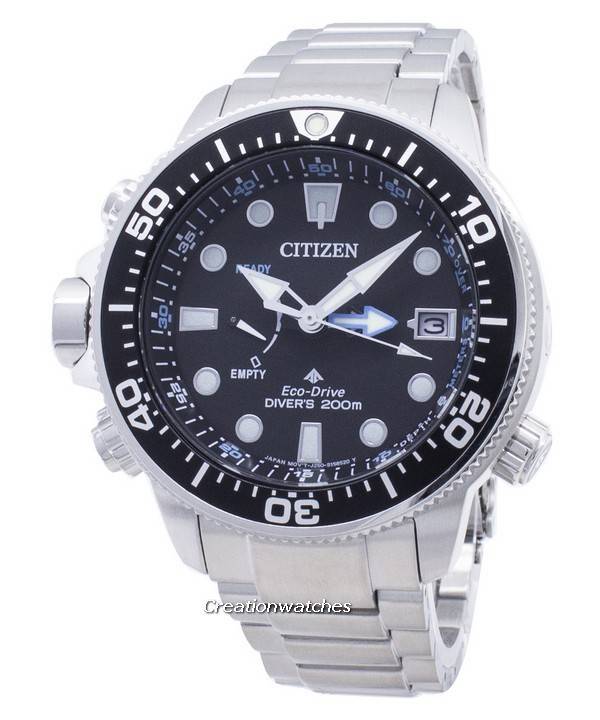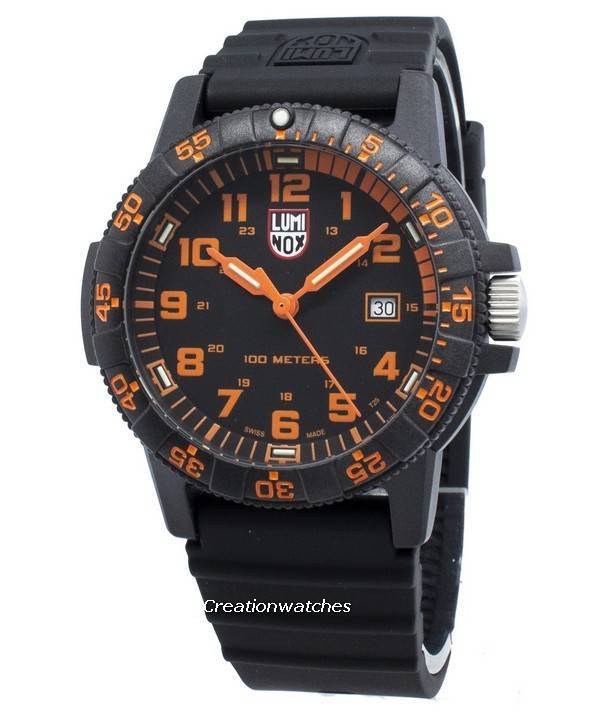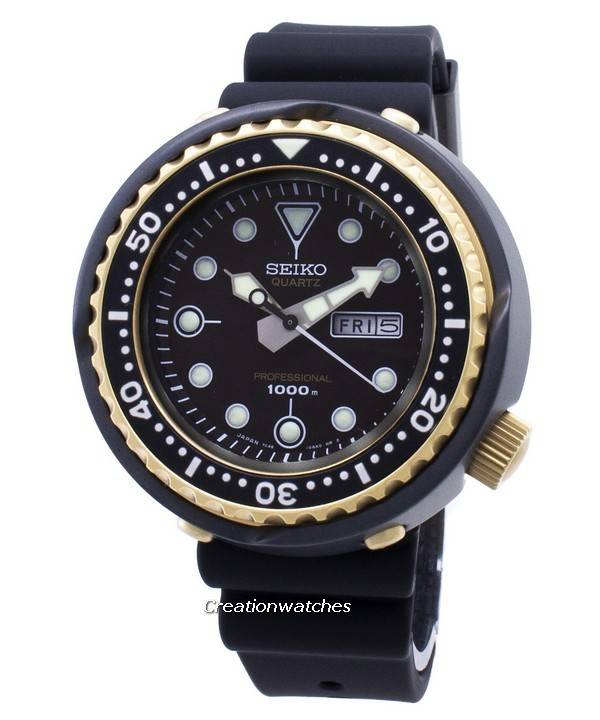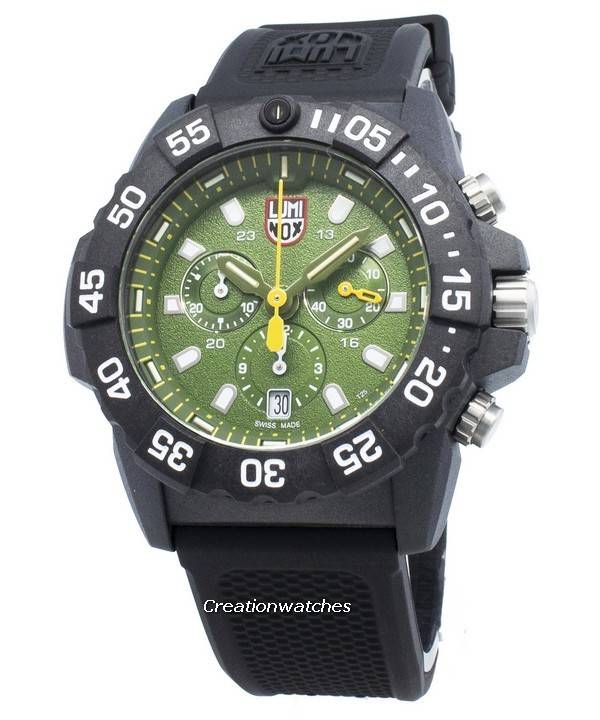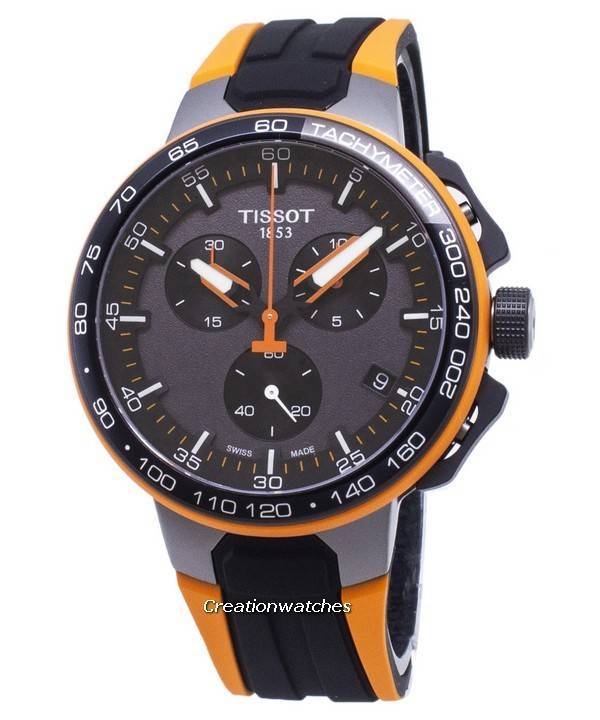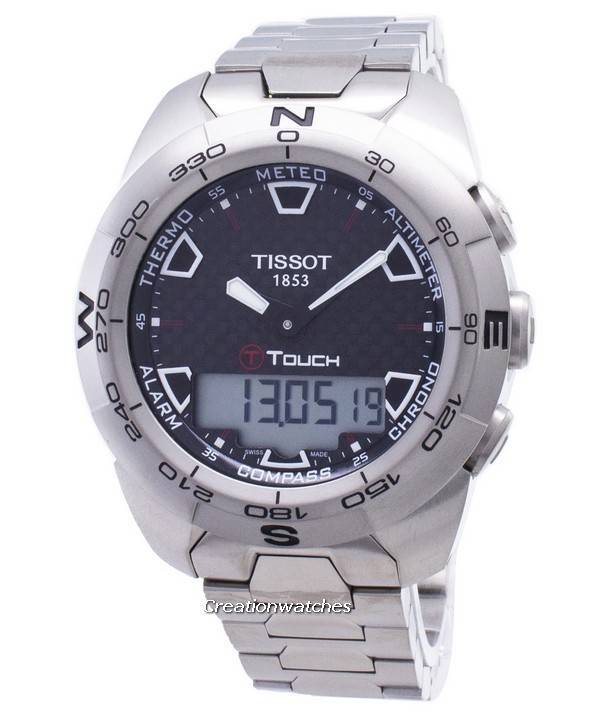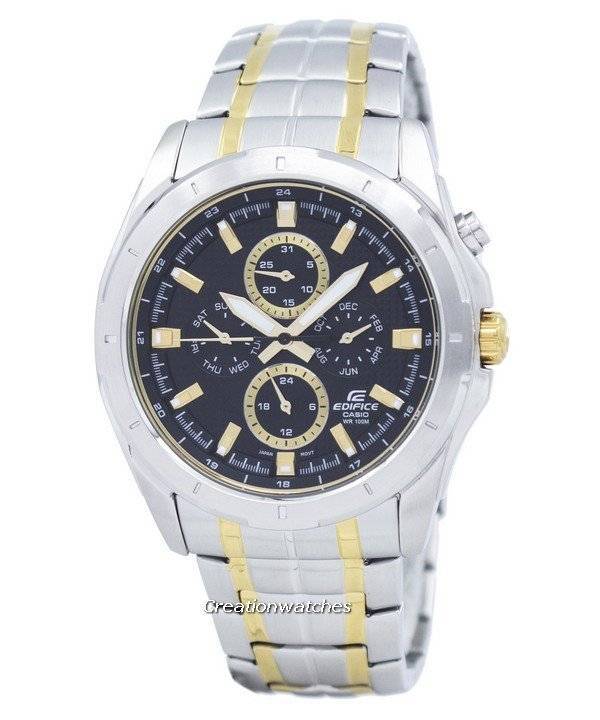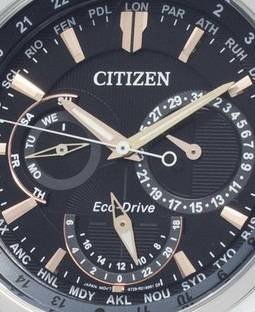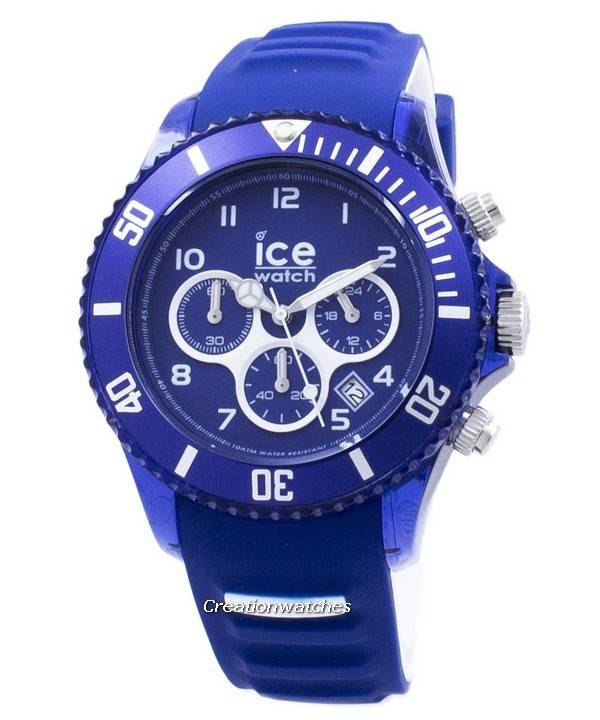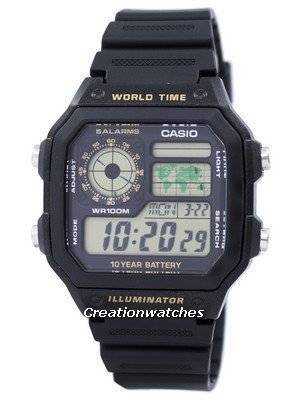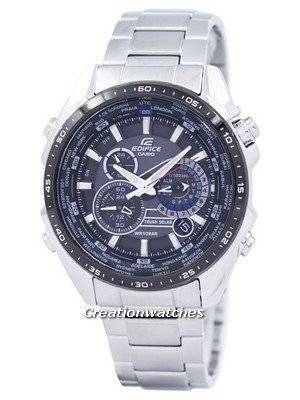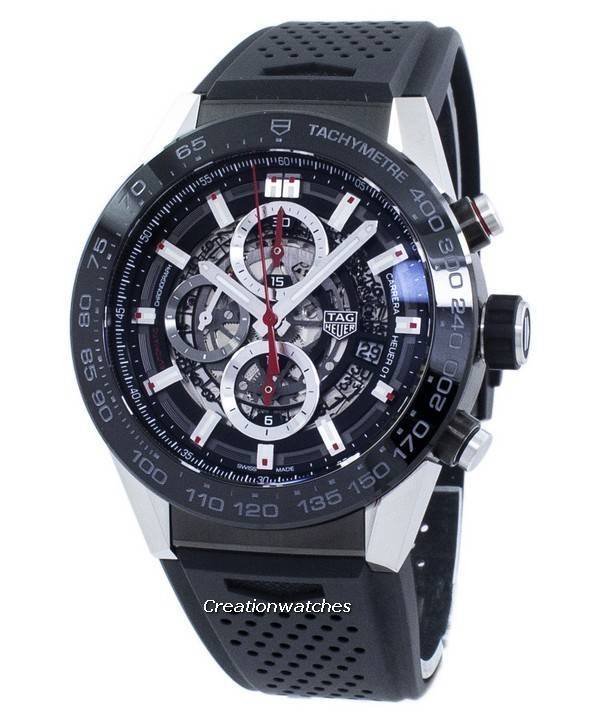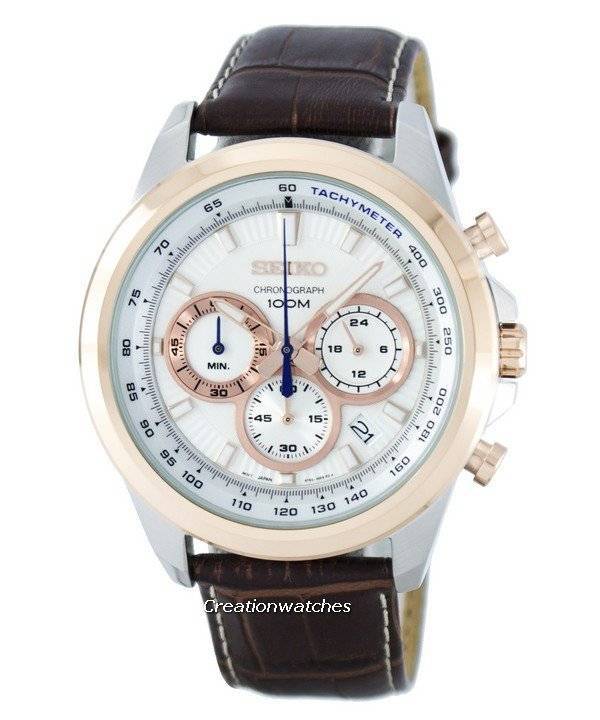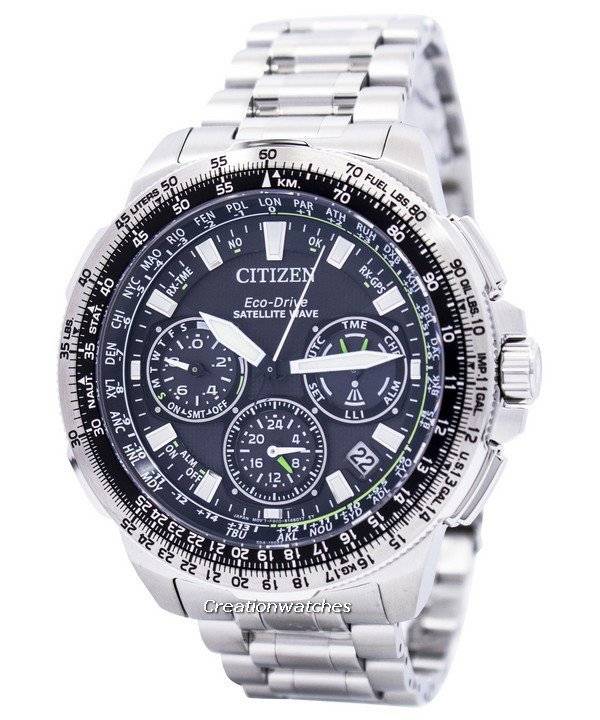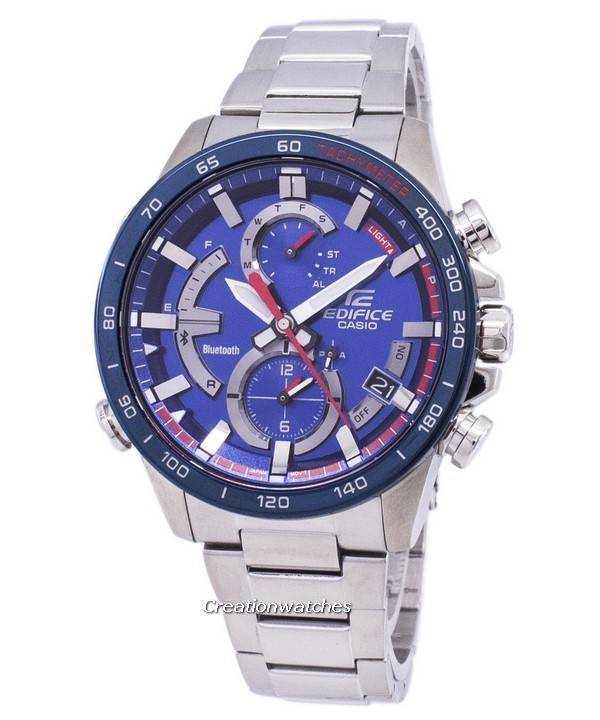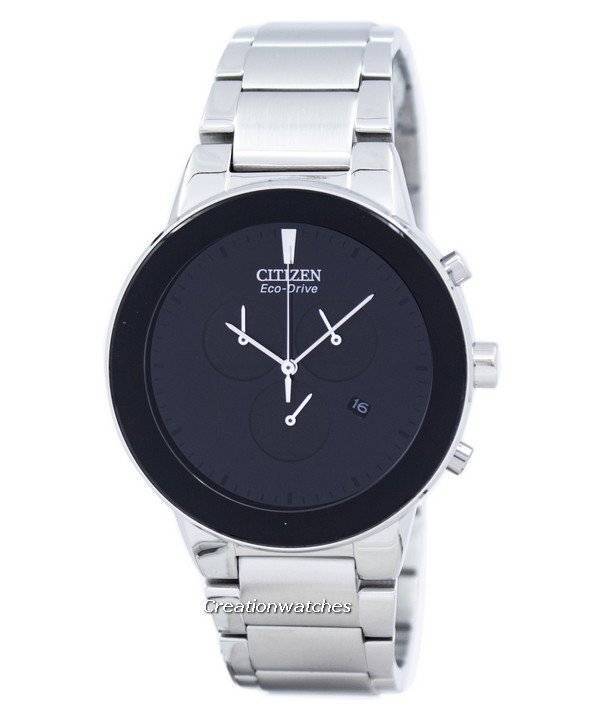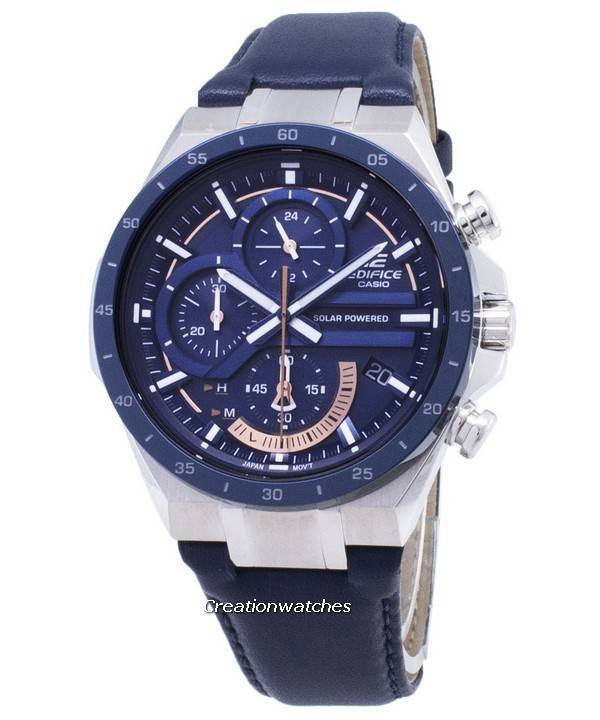
With this post, we’ll end the dial-related discussions we held since some time. To go back where we started from, click here.
We now speak about NTPTTM Carbon. Extremely thin layers of carbon fiber 30 microns each twisted to 45 degrees to the next layer. This creates distinctive patterns upon machining a solid block, depending upon which direction you are cutting from. The woven look of carbon fiber goes missing, resembling more that of forged carbon.
Richard Mille and North Thin Ply Technologies, Renens, Switzerland got into a pact to build some watches out of this thing; it proved ideal for activities demanding high stress-withstanding equipment. Speed/tech sports like Formula 1 and yacht racing. The Thin Ply carbon developed and supplied by NTPT™ proved instrumental in helping Richard Mille to create some of the finest amidst luxury wrist-wear. With the University of Manchester and McLaren Applied Technologies, North Thin Ply Technology created GraphTPTTM. The 600 layers – each 30 microns thick – are now infused with resin and known as grapheme. However, it’ again Richard Mille who used it first for the RM 50-03 McLaren F1 split-seconds chronograph, tourbillon watch weighing less than 40 grams, strap included. It’s the lightest watch ever made.
 Carbotanium and Carbonium® are the last two remaining types used in dials and cases. The first one is a carbon fiber reinforced with titanium. It’s from Modena Design, an arm of Pagani Automobili S.p.A. The strength-to-density ratio of Carbon meets that of titanium, both holding the highest positions in this aspect in their respective categories. Weaving them together forms a strong, lightweight material, able to withstand significant amounts of heat, hits and strains.
Carbotanium and Carbonium® are the last two remaining types used in dials and cases. The first one is a carbon fiber reinforced with titanium. It’s from Modena Design, an arm of Pagani Automobili S.p.A. The strength-to-density ratio of Carbon meets that of titanium, both holding the highest positions in this aspect in their respective categories. Weaving them together forms a strong, lightweight material, able to withstand significant amounts of heat, hits and strains.
However, with all due respects to other carbon fiber composite types, Carbonium® stands the strongest! It is recycled from waste products, though the process – thermal de-polymerization – itself is a difficult one. It involves heating the product in an absence of oxygen to release the carbon for reuse. The heat burns away any bonding material. It is chosen over manually breaking down Carbon at lower temperatures since the fibers retain their length. Bigger carbon fiber products are broken down this way for use in smaller ones, such as in watches. However, recycling the carbon fibers broken this way cannot be reused any further.

For affordable options in carbon fiber as your watch material, Casio brings you a pretty impressive collection; the Edifice! The Casio Edifice also doubles up as Solar-powered watches, which is essential if you are really going to put it to use as it’s intended. Even if it’s not for the dirty jobs, it will certainly keep you worry-free about battery changes, something which often sends the best watches at the back of the closet.
Below are links to some of the best carbon-fiber dial watches from Casio. Click to see and buy them:
- https://www.creationwatches.com/products/casio-chronograph-71/casio-edifice-eqs-920db-1av-eqs920db1-av-solar-chronograph-mens-watch-15428.html
- https://www.creationwatches.com/products/casio-chronograph-71/casio-edifice-eqs-920bl-2av-eqs920bl-2av-solar-chronograph-mens-watch-15429.html
- https://www.creationwatches.com/products/casio-chronograph-71/casio-edifice-tough-solar-chronograph-world-time-eqs-500db-1a1-eqs500db-1a1-mens-watch-12453.html
- https://www.creationwatches.com/products/casio-sports-205/casio-edifice-efs-s550pb-1av-efss550pb-1av-chronograph-solar-mens-watch-16624.html
- https://www.creationwatches.com/products/casio-sports-205/casio-edifice-efs-s550db-1av-efss550db-1av-chronograph-solar-mens-watch-16623.html








